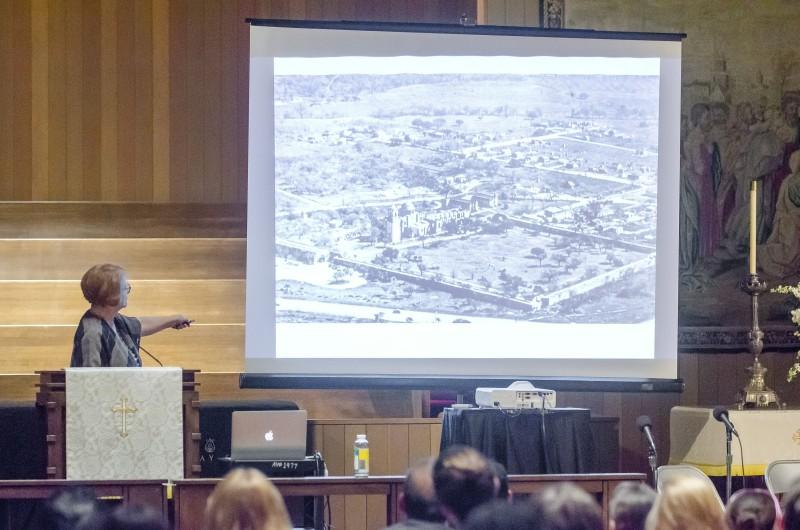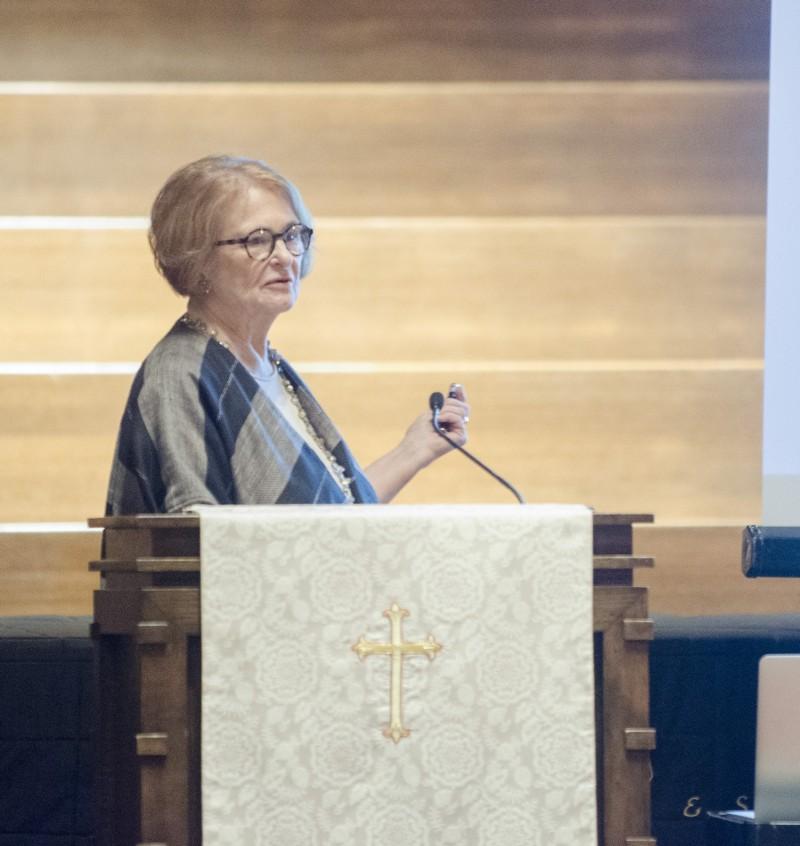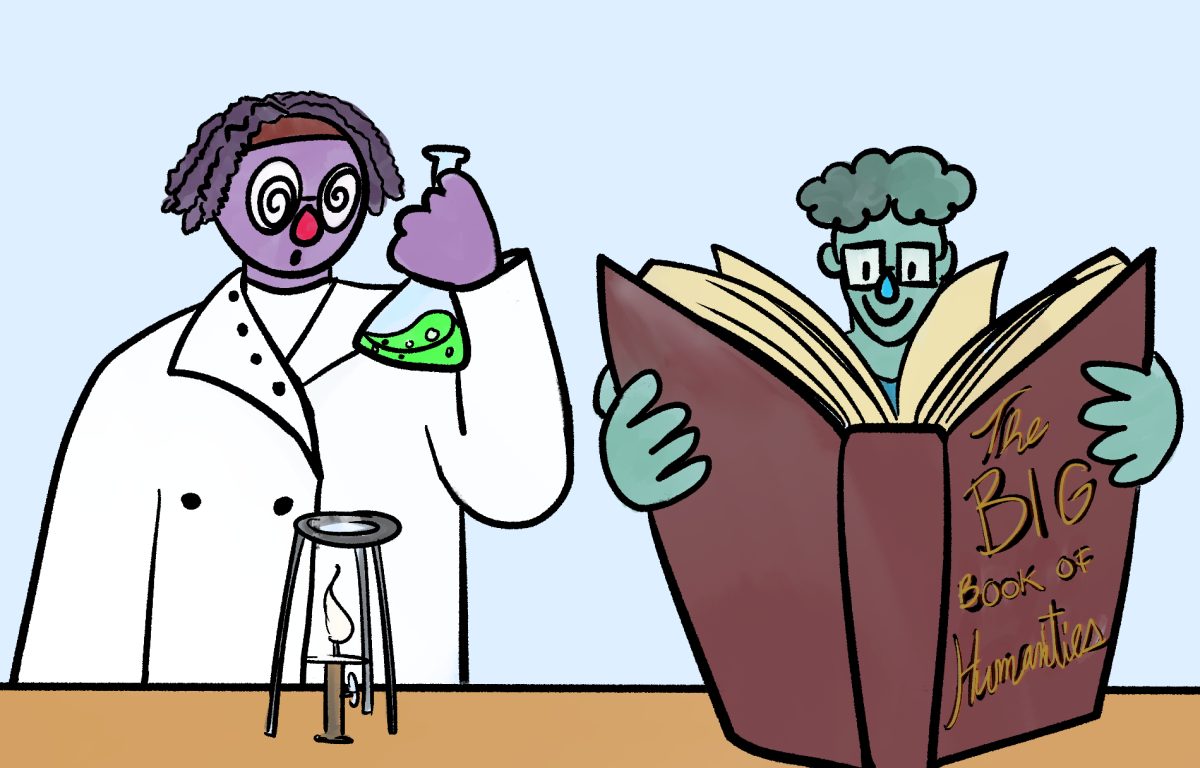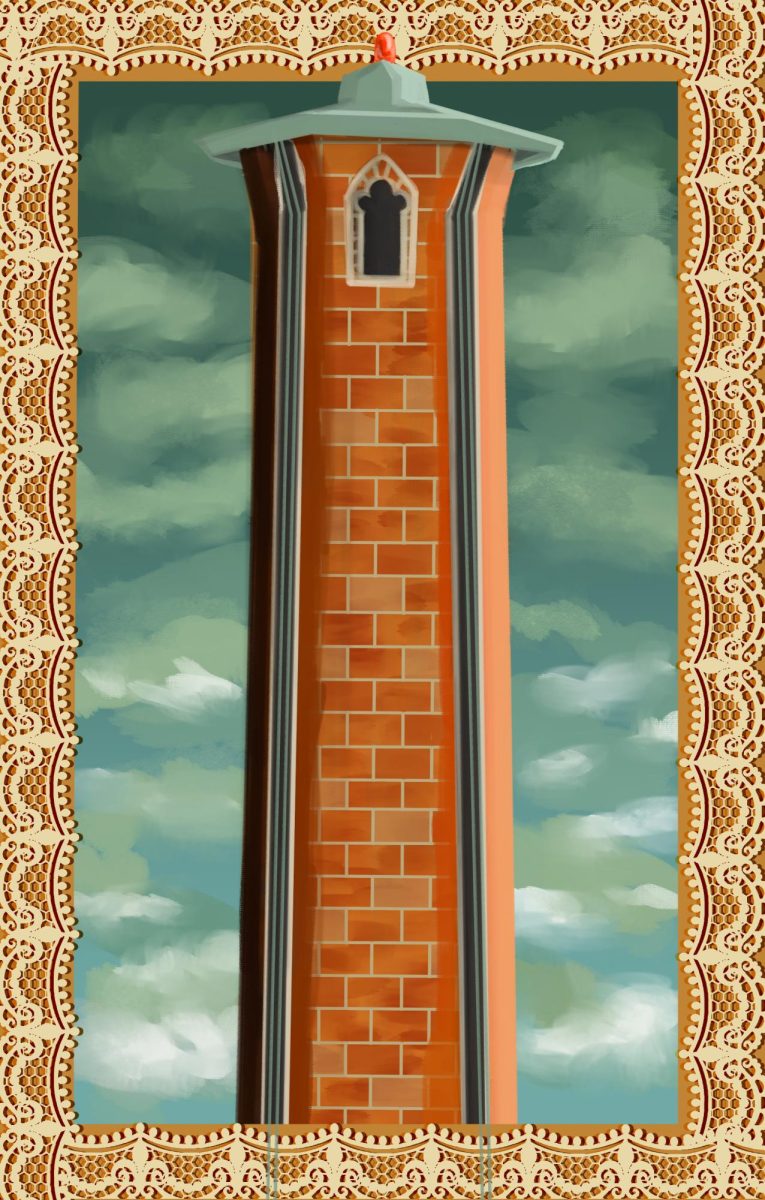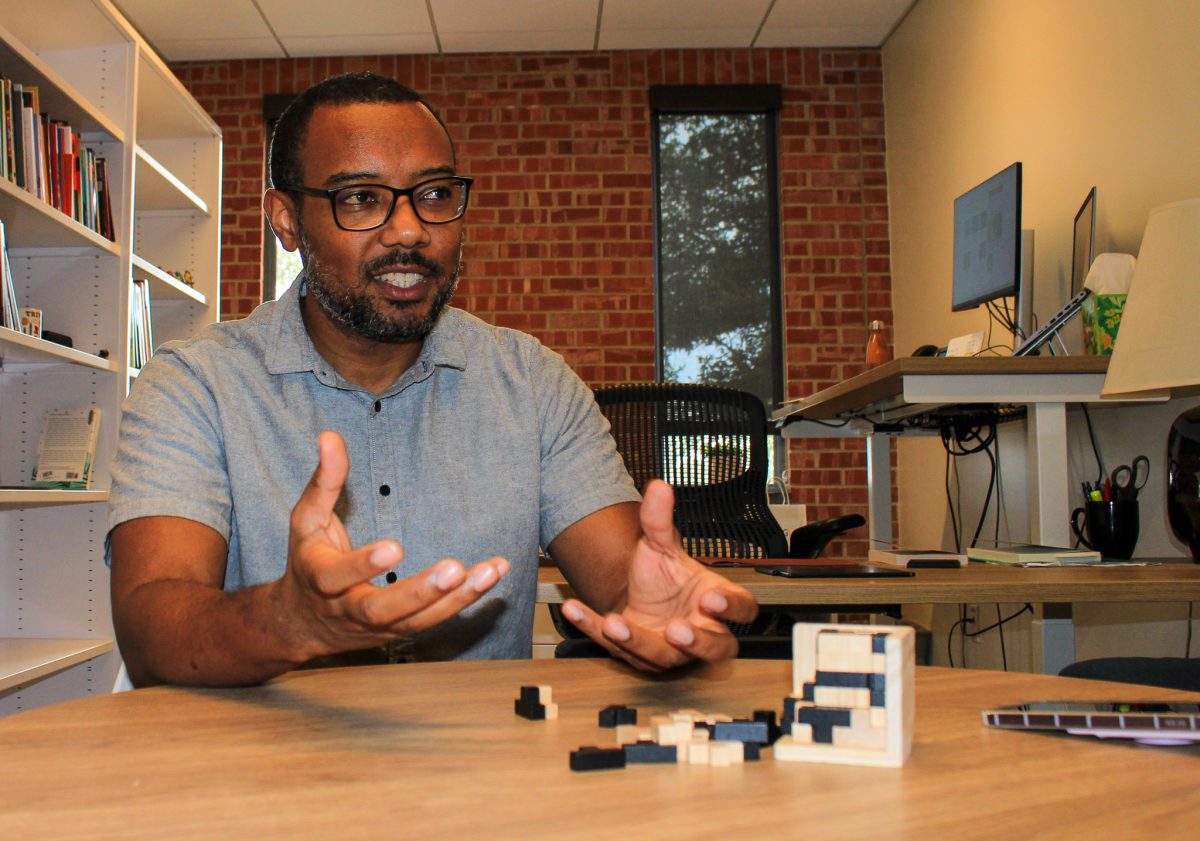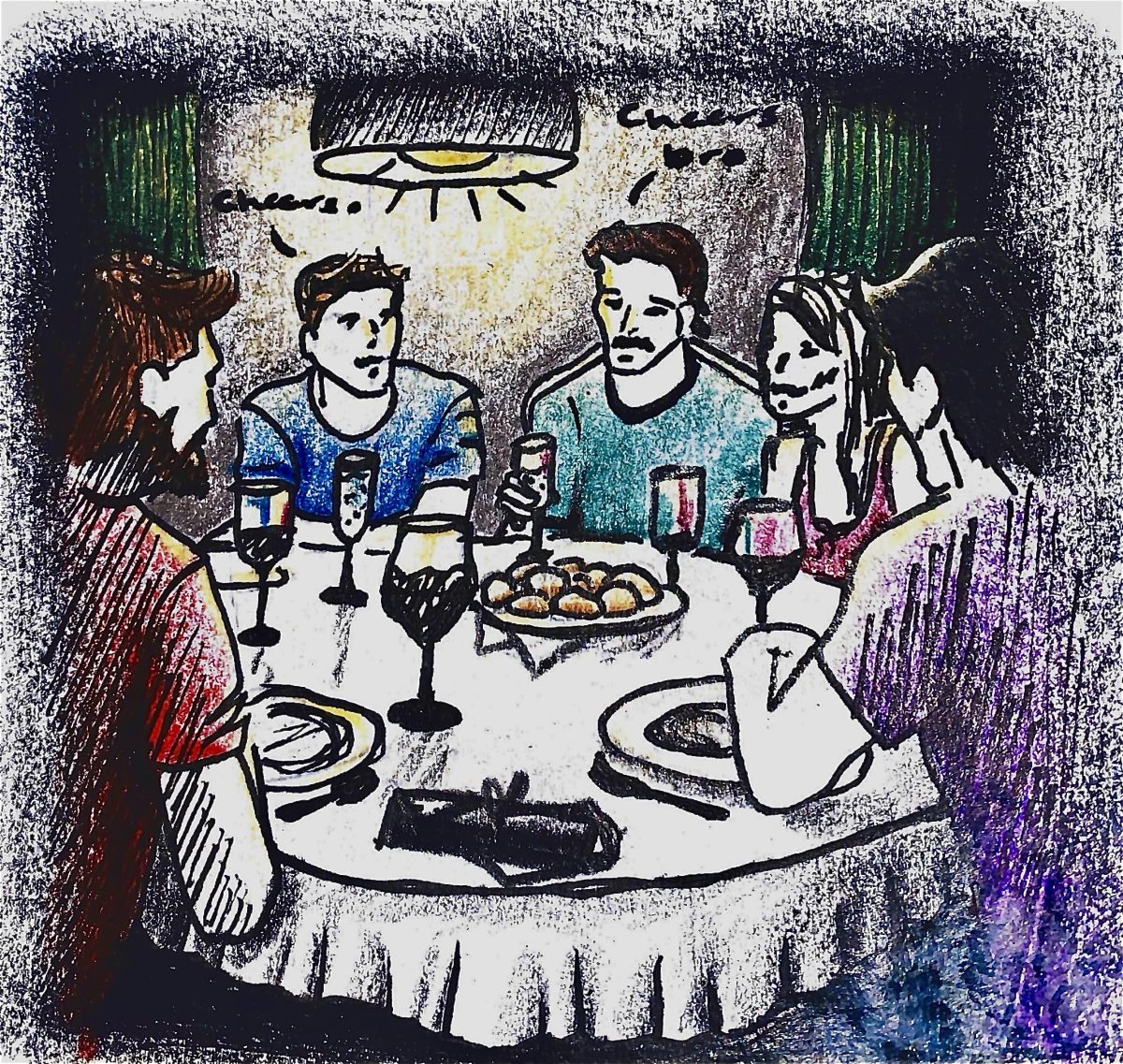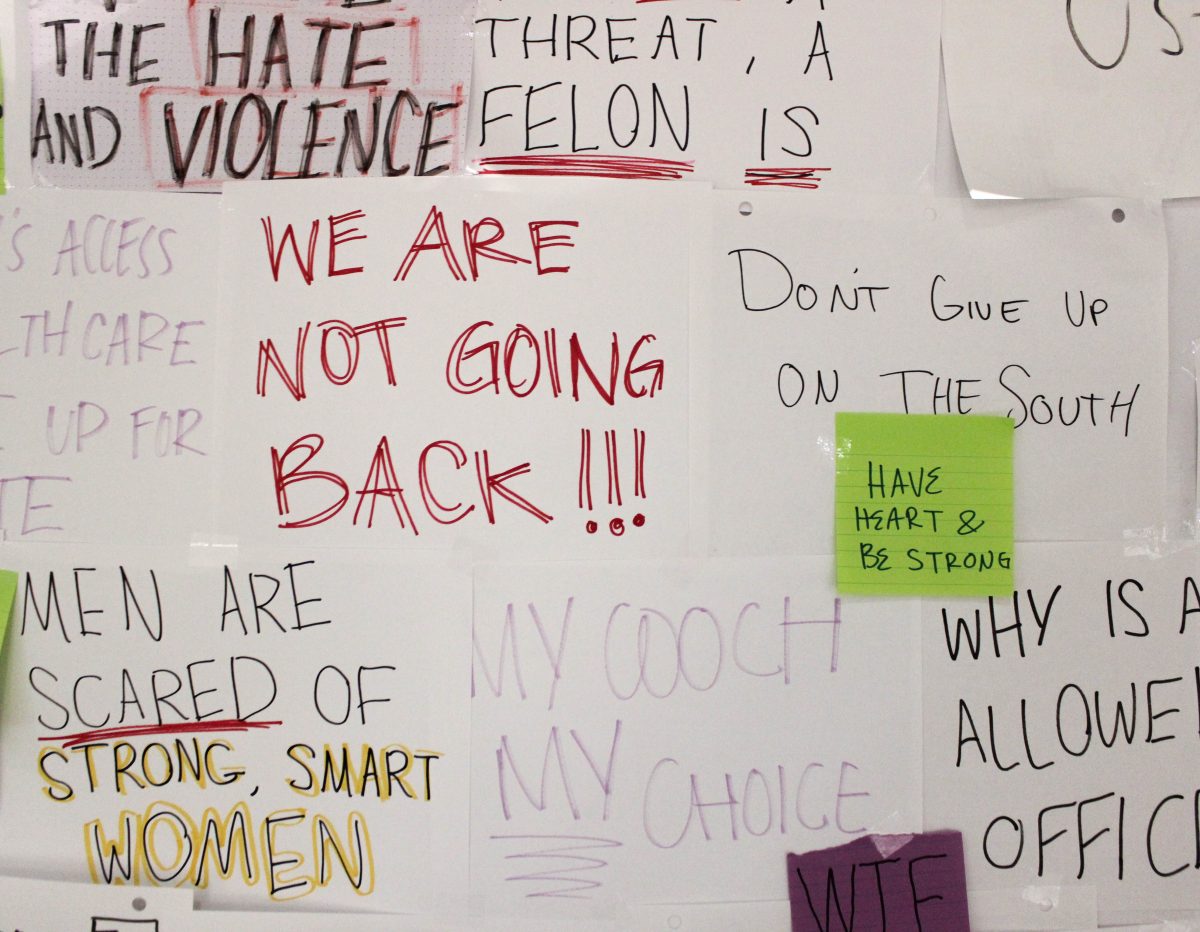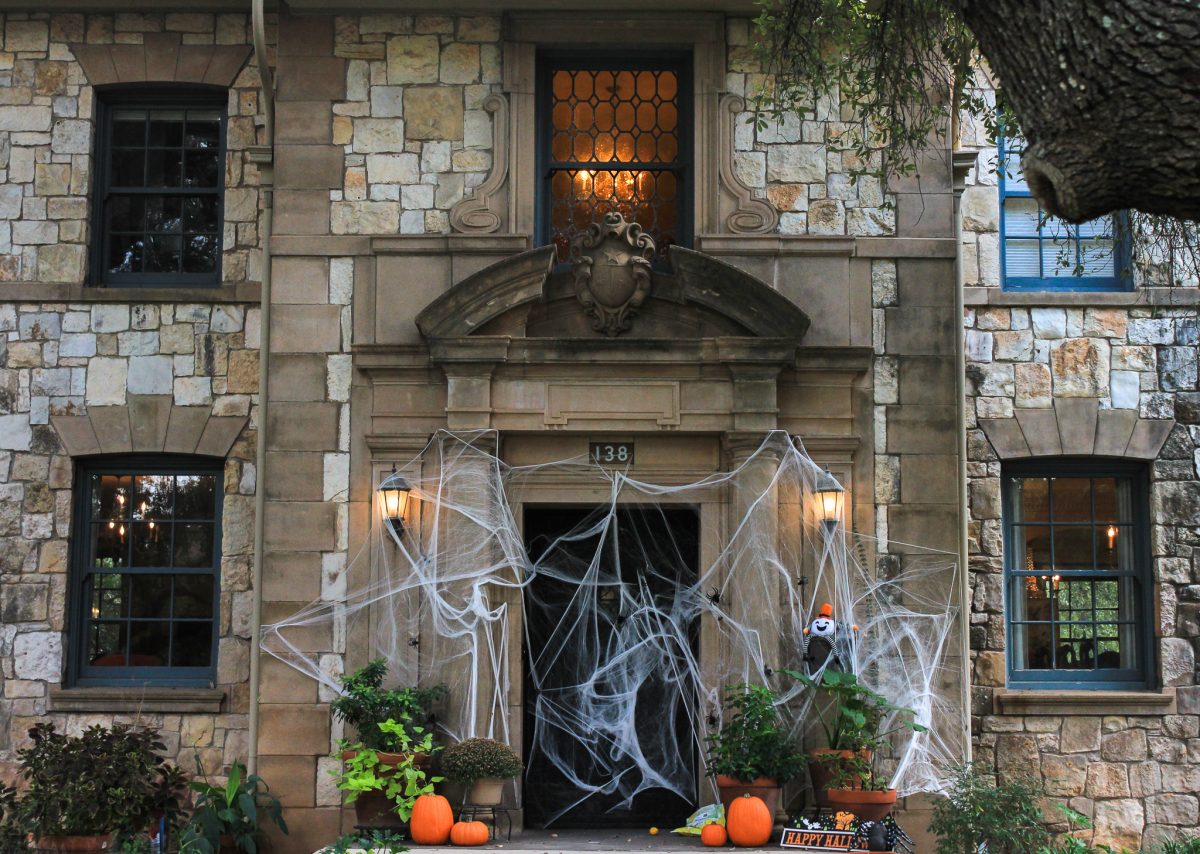Remember the Alamo? Well, maybe you wouldn’t if it weren’t for individuals dedicated to preserving the building’s original state.
Last Tuesday, April 7, in the Parker Chapel, a lecture and panel discussion on historic preservation was held to educate students on all of the preservation that goes on around San Antonio, including the Alamo and many other historic buildings.
The lecture, titled “Save our History for our Future: Why Historic Preservation Matters and What’s in it for You” featured a keynote speaker and panel of four professionals in the industry sponsored by the art history and history departments as well as the African American studies and urban studies programs.
“The lecture came about because Larson Andrews “˜14, who has been working in the office of historic preservation for the City of San Antonio, wanted to put together an event for Trinity students to give them a chance to meet preservation professionals in San Antonio and talk to them about internship and job opportunities in preservation. He also wanted the event to raise awareness and understanding of what historic preservation is,” said Kathryn O’Rourke, associate professor of art and art history.
Andrews worked with O’Rourke to organize the event and contact the keynote speaker, Carolyn Peterson.
In addition, four panelists were present. The panelists included Bill DuPont from the Center for Cultural Sustainability, Michael Guarino from the Historic Design Review Commission, Claudia Guerra of the Office of Historic Preservation and Bruce MacDougal from the San Antonio Conservation Society.
The panelists answered questions to facilitate a discussion on what they are currently doing with preservation and what benefits it brings to the city.
Peterson, in her lecture, gave an overview of her 40-plus years working as an architect on preserving buildings in San Antonio, particularly the missions, and all of the processes involved with preservation.
Peterson also mentioned how different the Trinity campus is from the way it was when she first saw it in the 1950s and “˜60s and that the sidewalks are no longer lined with bricks but with poured concrete.
“Peterson’s larger point with the sidewalks is how incredibly important””historically, at Trinity””materials and details have been. What made the campus really wonderful, particularly by the mid to late “˜60s, was this attention to details and materials and the small things that most people don’t even notice that altogether make it really special,” O’Rourke said. “I think historic preservation is extremely relevant in terms of how we think about buildings at Trinity particularly as we have this new master plan that is about to be developed.”
The speaker and panelists all emphasized that San Antonio is one of the leading cities in the nation for historic preservation and educating citizens about how to preserve their historic homes.
“For students, I thought it was particularly helpful to start to understand that when you look at a building you are seeing interpretations and it reveals how we even think about history,” O’Rourke said.

